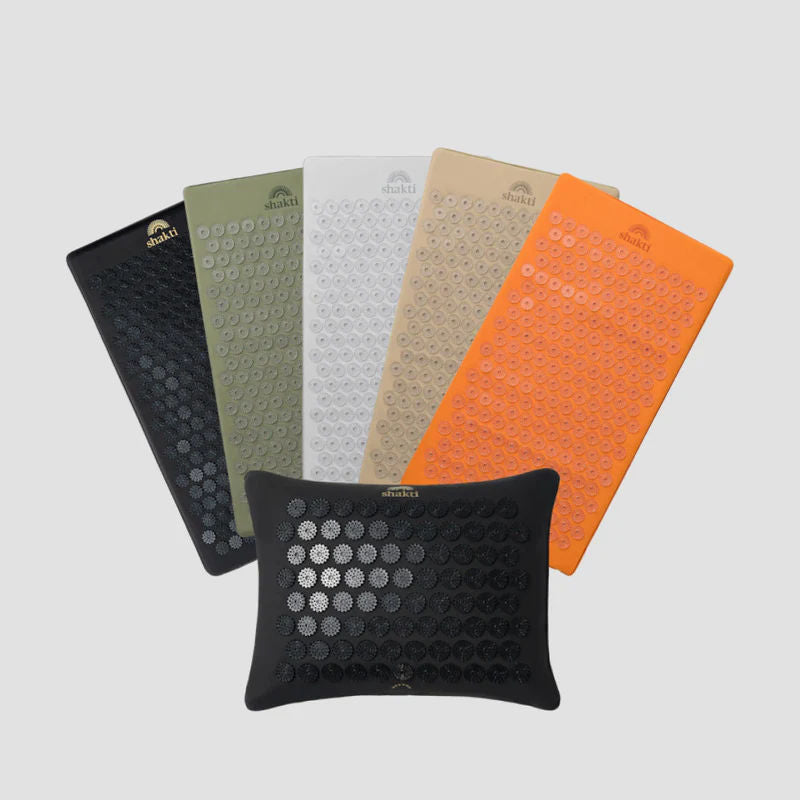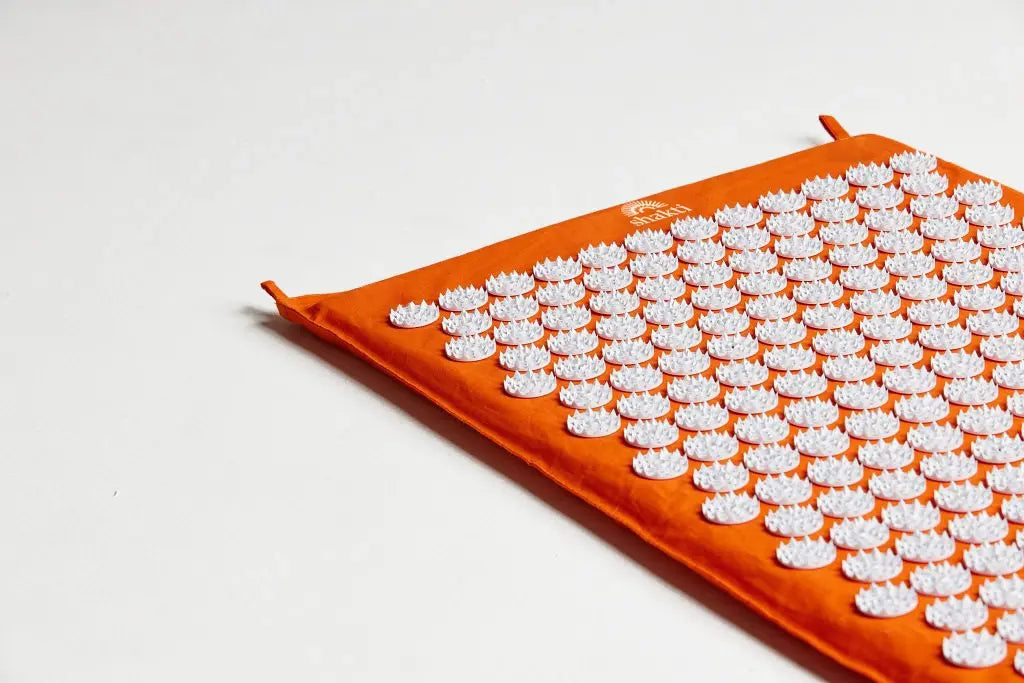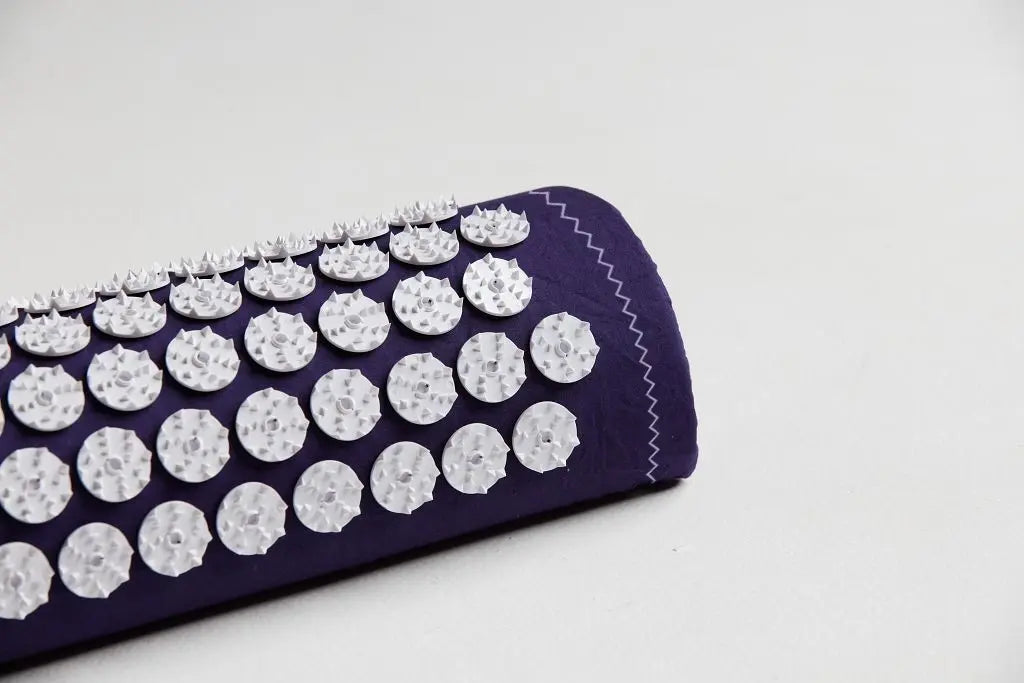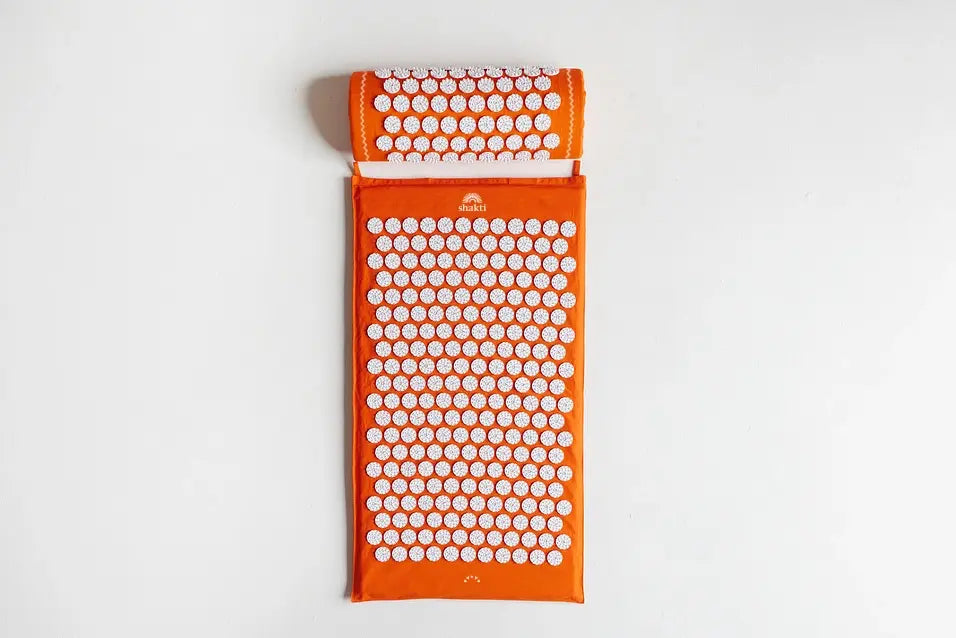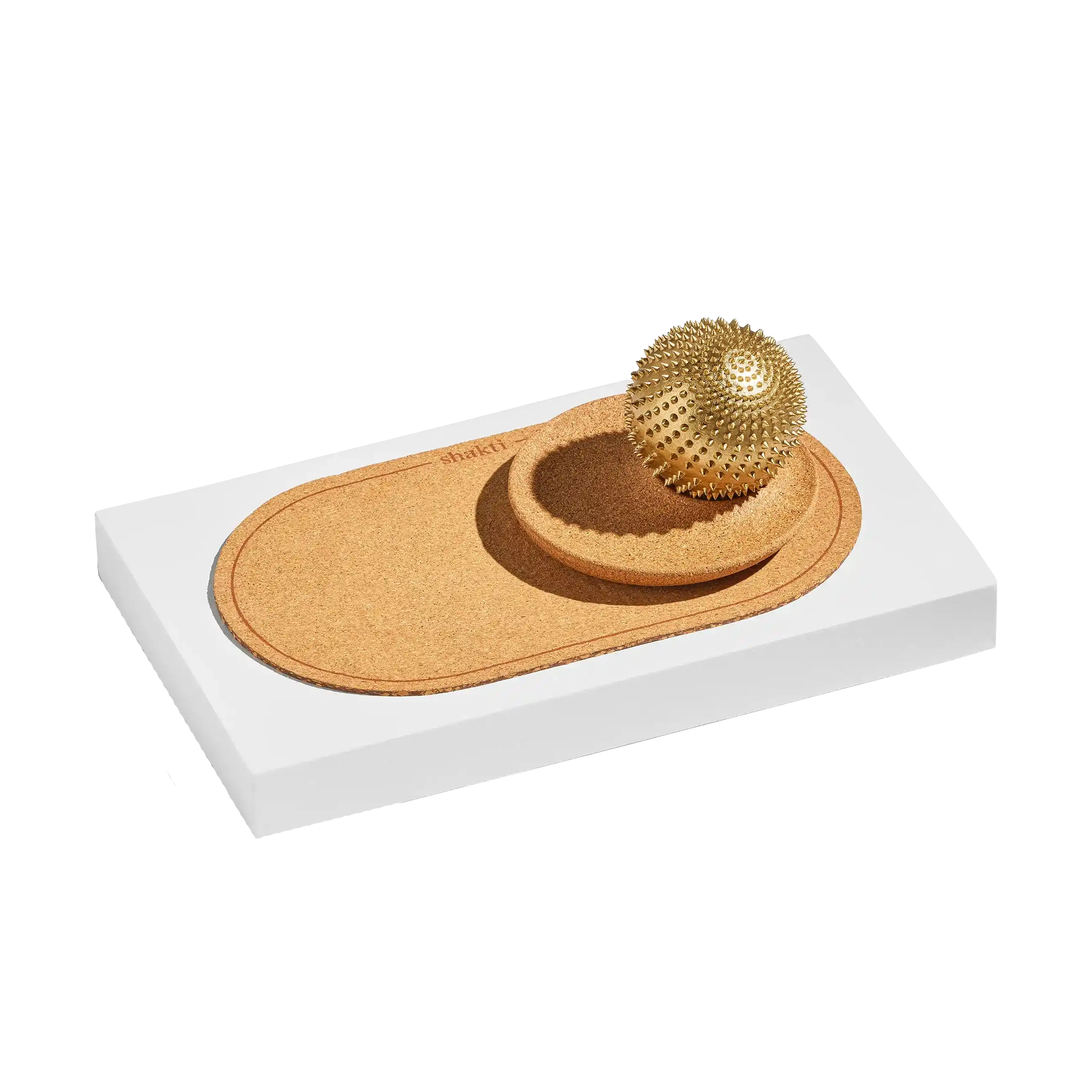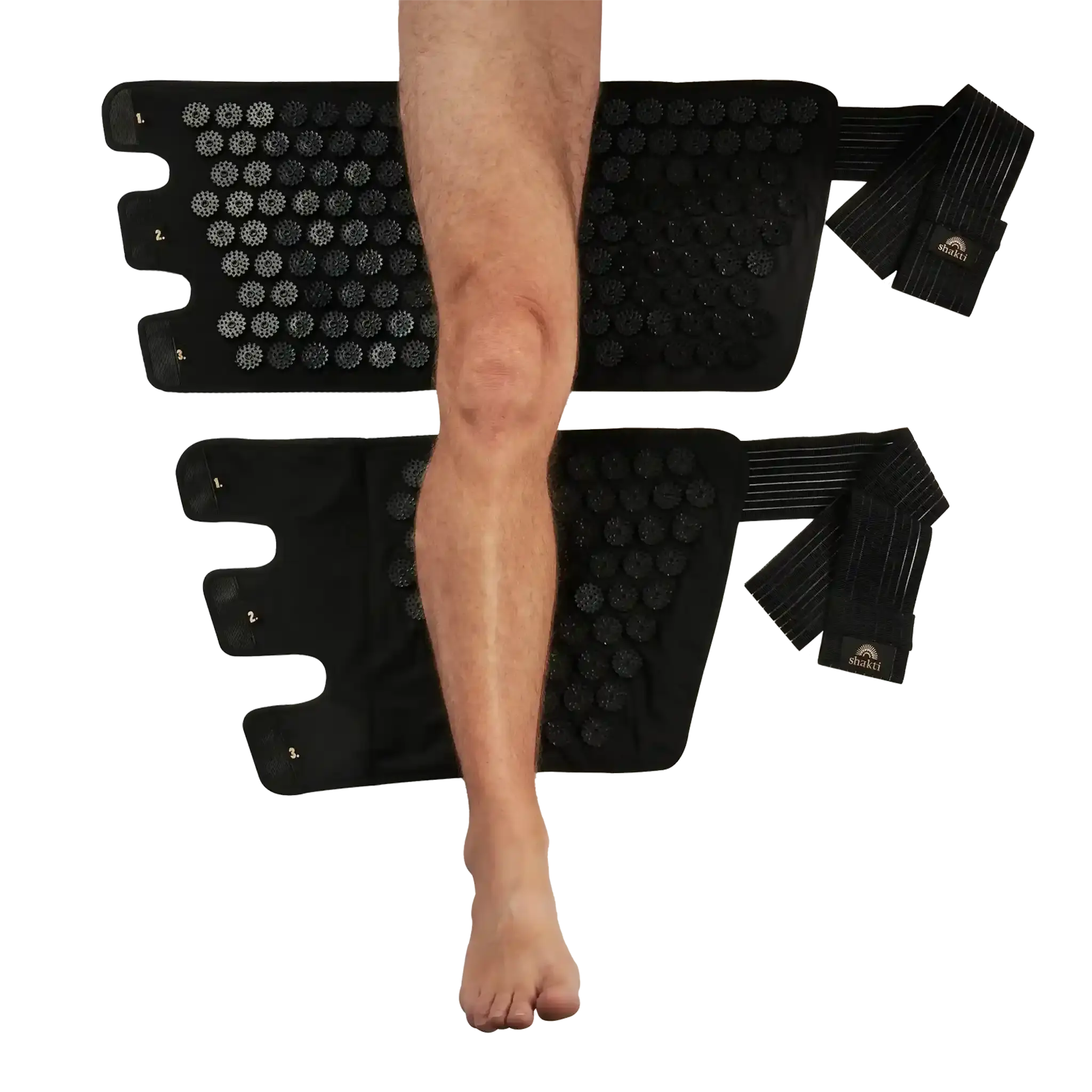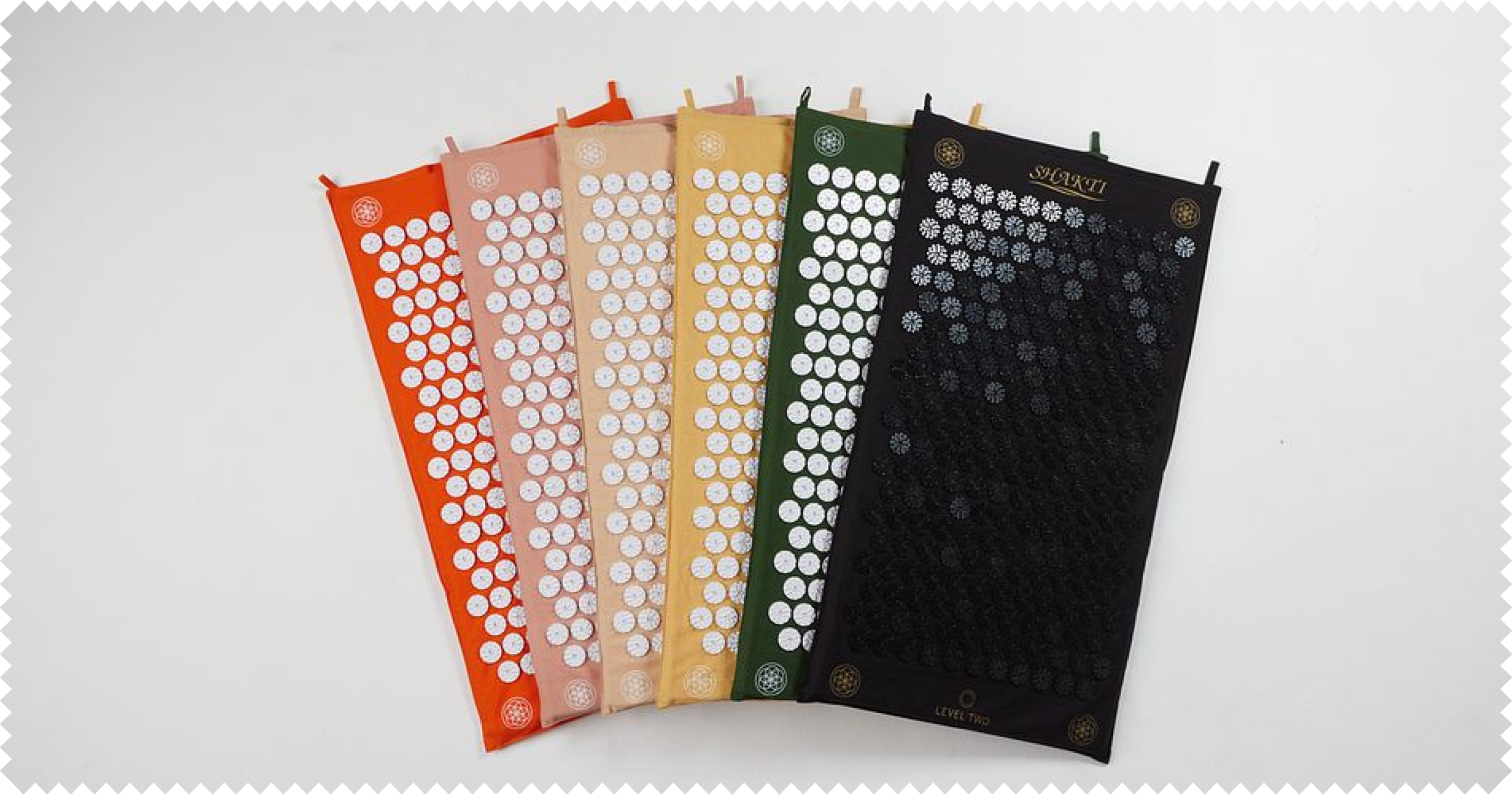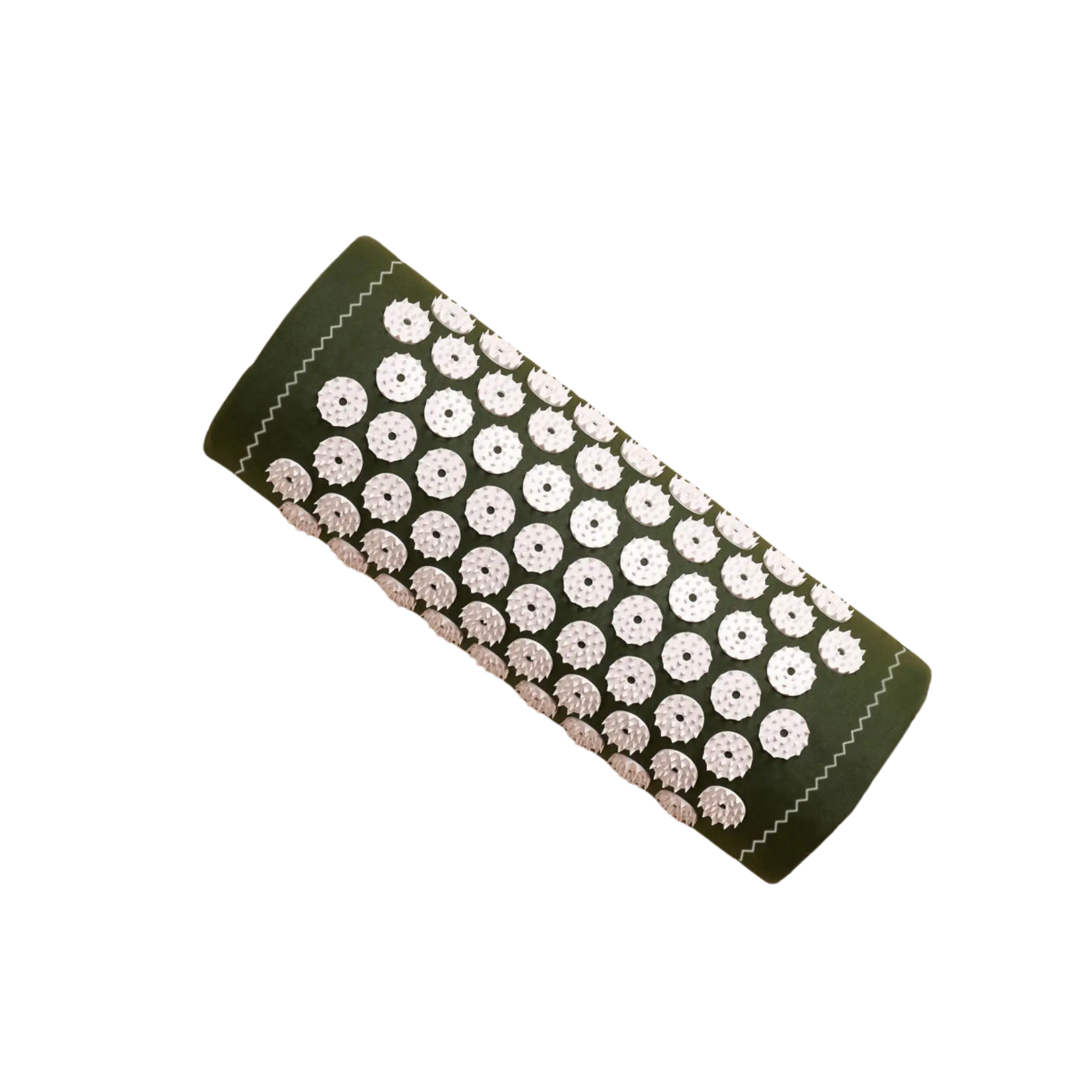Trigger points are often the cause of unpleasant pain, which can be felt in the back, shoulders or neck. They are caused by an unhealthy posture in everyday life, a lack of exercise or overloading the muscles. But what can you do if pain in your neck restricts your mobility and quality of life? In this article, you can read everything you need to know about trigger points in the neck and what you can do about them.
Content
1 What are trigger points anyway?
2. symptoms: How trigger points in the neck become noticeable
6. release trigger points in the neck with acupressure
7. how you can prevent trigger points in your neck in the future
What are trigger points anyway?
Trigger points are noticeable knots under the skin that cause pain in the neck, but also in many other parts of the body. The muscles can no longer relax at this point and are subjected to permanent contractions. About 80% of all pain is triggered by trigger points - mostly in the neck, shoulders and head. Trigger points in the neck are located in the muscle tissue. In addition, trigger points can also occur in tendons and ligaments, for example, or in the subcutaneous connective tissue.
There are two different types of trigger points in the neck:
- Active trigger point: These neck trigger points cause pain even when the body is at rest.
- Latent trigger point: In this case, pain only occurs when the trigger point is touched or pressure is exerted on it.
Trigger points in the neck are responsible for a range of very different pains that radiate to many parts of the body. Often you feel the pain in a completely different place, far away from the triggering trigger point in the neck. Therefore, it is often not so easy to attribute a certain pain in the body to a trigger point.
Most trigger points are located in these areas of the neck
In order to effectively combat pain and release trigger points in the neck, it is important to know the zones in question where the points originate. Trigger points often occur in these muscles:
-
Trapezius muscle
If the trigger points are located in the trapezius muscle, the symptoms are often a stiff neck, shoulder pain or tension pain in the head. The trapezius muscle is the muscle in the neck that often causes people problems. -
Shoulder blade lift
Three trigger points can be located in the shoulder blade lift. They often cause a stiff neck. The pain is often noticeable when turning the head and can radiate into the lower back. -
Jaw muscle
There is even a trigger point in the jaw muscle, which can radiate into many areas of the head and neck. It very often leads to headaches, neck pain, jaw pain and even toothache. -
Sub-bone muscle
The triangular muscle is part of the shoulder musculature and can cause severe shoulder pain. Those affected have a very limited range of movement, especially at night. Pain often occurs when turning the head. -
Strap muscle on the neck
This trigger point often leads to head, neck and shoulder pain. However, it can also cause eye pain, impaired vision and reduced mobility of the head.
Where else in the body do trigger points occur?
In principle, trigger points can occur anywhere in the body where muscle groups, tendons and ligaments are located. As many trigger points are caused by an unhealthy sitting posture, they often form in the neck and head area. The painful lumps can also be found in the buttocks. Trigger points also occur in the back, legs and head, as well as in the groin area, knee joint and throughout the spine.

Symptoms: This is how trigger points in the neck become noticeable
Trigger points in the neck can have very specific or non-specific symptoms. The pain is not always located exactly where the trigger point is. A typical example is headaches, which are very often caused by tension in the neck.
Symptoms of trigger points in the neck may include:
- Shoulder pain radiating to the neck
- Headache & tension headache
- Upper & middle back pain
- Neck pain & stiff neck
- Limited ability to move
- Dysfunctions or sensory disturbances
A typical feature of trigger points in the neck and shoulder is the fact that sufferers often have difficulty localizing the pain. They can also be felt in the neighboring muscles and tendons. As a result, trigger points are often overlooked as a cause of pain in the neck.
How can I recognize trigger points?
The right contact person for finding potential trigger points in the head, shoulder and neck is the osteopath. The standard procedure is palpation, in which the patient's body structures are gradually palpated with the fingers. The osteopath pays particular attention to the firmness of the tissues, the mobility from the head and any pain caused by pressure.
If you have a trigger point in your neck, you can recognize it yourself with the right technique. Take some time to feel your shoulder and neck area. The best way to do this is with the flat of your thumb and your index finger in a so-called tweezer grip. Take the affected muscles in this grip and slowly feel your way forward. If you find small nodules that hurt when you apply pressure, you have probably found a trigger point in your neck.
Neck pain causes: How do trigger points develop in the first place?
Neck pain - what to do? That's what many sufferers ask themselves, because the pain can significantly restrict everyday life and thus also the quality of life. Trigger points in the neck can develop in anyone, regardless of age. They form as a result of overuse or traumatic overstretching of the muscles. Zones are created in the affected muscles that are restricted in their ability to contract. As a result, they can no longer perform their usual function, have a poorer blood supply and are no longer sufficiently supplied with oxygen. The hard, palpable trigger points in the neck develop.
Your daily routine can promote the development of the pain points
If you have a job where you have to sit a lot and spend most of the day in an unhealthy posture, this favors the development of trigger points. You often sit in front of the PC with your shoulders raised unnaturally. This incorrect posture causes the muscles to gradually shorten because they are no longer sufficiently stretched. At the same time, the muscles in your back stretch even more without getting sufficient relaxation. A permanent imbalance between tension and cramping develops - trigger points form in the neck. The onset of pain is then a warning from the body, as it tries to get the right balance between relaxation and stretching.
Repetitive motion, such as working on an assembly line, also promotes trigger points. A typical example is assembly line work. Likewise, prolonged inactivity of the body and muscles leads to the muscles no longer receiving any or sufficient stimuli.
What to do about neck pain?
Trigger points in the neck can be treated by an osteopath or a physiotherapist. But with the right technique, you can also help yourself. There are various exercises that can provide lasting relief from the pain caused by trigger points in the neck. Acupressure has also proven to be effective in the treatment of pain. It is important that you always see pain as a symptom that something in the body is in an imbalance.
If trigger points are ignored or not properly released, then cramped muscles cannot relax permanently. They need to be properly supplied with blood and oxygen so that they can perform their function properly. Only then can you also get rid of your pain caused by trigger points in your neck.

Neck pain exercises: How to release trigger points
Through targeted exercises, the tense muscles can be loosened up again, relaxed and better supplied with oxygen. Trigger point massage can be applied not only to the neck, but also to other areas of the body where trigger points are located. You can perform the trigger point massage on yourself to counteract pain in the neck. It restores the supply of oxygen and nutrients to the muscles.
How is the trigger point massage performed?
Trigger point massage allows you to effectively combat or interrupt the transmission of pain from trigger points to other areas of the body. To do this, first locate the trigger points and massage them loosely with your finger in alternating circular and rolling movements. This should feel pleasant and not painful.
Solve neck pain with pressure therapy
Below we have created a small guide for you on how to perform a massage of the trigger points in the neck specifically on yourself.
-
Find trigger points
First of all, you should find your trigger points in the neck and locate them precisely. We have already explained how to do this in the section above. -
Apply pressure to trigger points
Now press on the point for around 40 to 60 seconds. It is important that you keep to this time, otherwise the muscles will contract again too quickly. If you are still not sufficiently relaxed after 60 seconds, simply extend the time you apply pressure. -
Repeat the steps
Up to three repetitions of the pressure massage are possible and useful. However, take a break every two to three days and give your muscles time to regenerate.
How quickly does the massage help against pain in the neck?
How quickly you feel a positive change depends on many different factors. One crucial point is how long the trigger points on the neck have existed. Acute pain often subsides immediately after the neck pain exercises, sometimes it takes a day or two.
If the pain has existed for a long time, it will not go away overnight. You need patience and should regularly take the time to relieve the trigger points in your neck with a massage. It is important that you know the causes that triggered the development of the trigger points. Only then can you create good conditions to prevent the pain from coming back.
Release trigger points in the neck with acupressure
In addition to massage or applying pressure to trigger points, acupressure also has the potential to relieve pain caused by trigger points. Neck pain is caused, among other things, by poor posture, which promotes inadequate blood circulation, oxygen and nutrient supply to the muscles. Acupressure is based on the idea that numerous energy pathways run through the body. Blockages, such as those caused by trigger points, can impair the flow of energy or, in the worst case, stop it altogether.
By using an acupressure mat, tension and blockages of the energy pathways in the body can be released. The mat consists of a large number of small nubs made of medical hard plastic. To release trigger points in your neck, you can either lie on the mat with your whole body or wrap it directly around the painful area. The nubs stimulate circulation and allow the muscles to relax. With regular use, many users report a pain-relieving effect.
Which acupressure mat is right for me?
Using the mat can take some getting used to at first. Therefore, it is important that you familiarize yourself with the differences in advance and find the right product for you. The multiple pressure from the hard nubs may take some getting used to. If you have never laid on an acupressure mat before, you should choose a mat with many nubs, because the weight of the body is better distributed on it.
How to prevent trigger points in the neck in the future
You now know what you can do about pain caused by trigger points in the neck. But it's even better if they don't develop in the first place. It is important that you pay attention to a healthy posture of your back and neck in everyday life and avoid bad postures. If you have to sit a lot at work, make sure you get enough exercise to compensate. Try to reduce stress through relaxation exercises and react early on if you feel pain.


